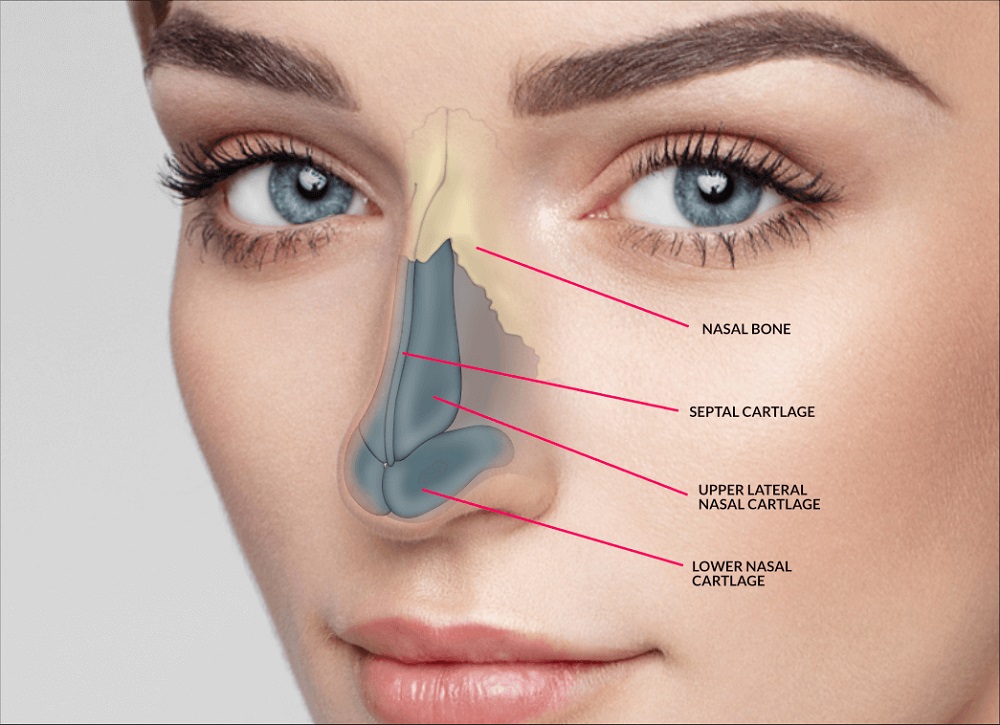
Nose surgery, also known as rhinoplasty, is a cosmetic procedure that is designed to reshape the nose. A natural-looking nose surgery (เสริมจมูกทรงธรรมชาติ, which is the term in Thai) can be done for a variety of reasons, including correcting breathing problems, improving the appearance of the nose, or correcting a deformity or injury. Nose surgery can involve:
- Changing the size or shape of the nose.
- Altering the angle between the nose and the upper lip.
- Reshaping the tip of the nose.
The goal of nose surgery is to create a natural-looking nose that is in proportion with the rest of the face while also improving functionality and overall facial harmony. Before undergoing nose surgery, it is important to understand the procedure and its potential risks and benefits.
Factors That Influence Natural-Looking Results
Several factors can influence the natural-looking results of nose surgery. One of the most important factors is the skill and experience of the surgeon. A skilled and experienced surgeon will thoroughly understand facial anatomy and how to create a nose that is in proportion to the rest of the face. Another important factor is the patient’s facial features and skin type. A surgeon must consider the patient’s bone structure, skin thickness, and overall facial symmetry to achieve natural-looking results. Additionally, the technique used during the procedure and the type of anesthesia can also impact the outcome.
Techniques For Achieving Natural-Looking Results
To achieve a natural-looking nose after surgery, the technique used by the surgeon is crucial. A skilled surgeon will use techniques that preserve the natural contours of the nose, maintain or improve nasal function, and create a balanced and harmonious overall facial appearance. Depending on the individual’s needs, the surgeon may use a closed or open rhinoplasty technique. Closed rhinoplasty involves incisions inside the nostrils, while open rhinoplasty involves an incision across the columella, the tissue that separates the nostrils. Both approaches have advantages and disadvantages, and the choice of method will depend on the patient’s anatomy and desired results.
Recovery And Aftercare
Recovery and aftercare are crucial aspects of any surgical procedure, including nose surgery. After the surgery, patients can expect discomfort, swelling, and bruising, which usually subside within a few weeks. To ensure a speedy and safe recovery, patients should follow the post-operative instructions provided by their surgeon, which may include avoiding strenuous activities, keeping the head elevated, and taking prescribed medications. It’s also essential to attend all follow-up appointments to monitor the healing process and ensure no complications. Patients can achieve the best possible results by taking proper care during the recovery period.
Conclusion
To sum up, the blog contains everything about nose surgery. It talks about factors influencing the natural-looking results, techniques, and aftercare.



